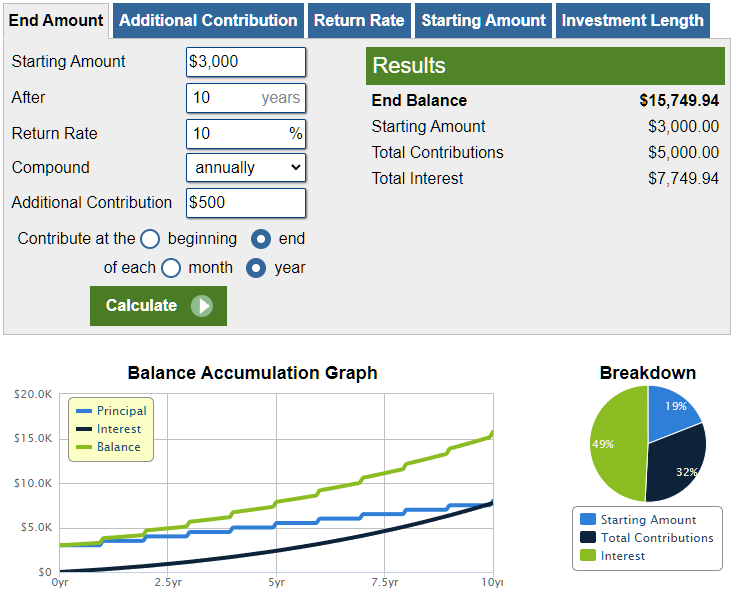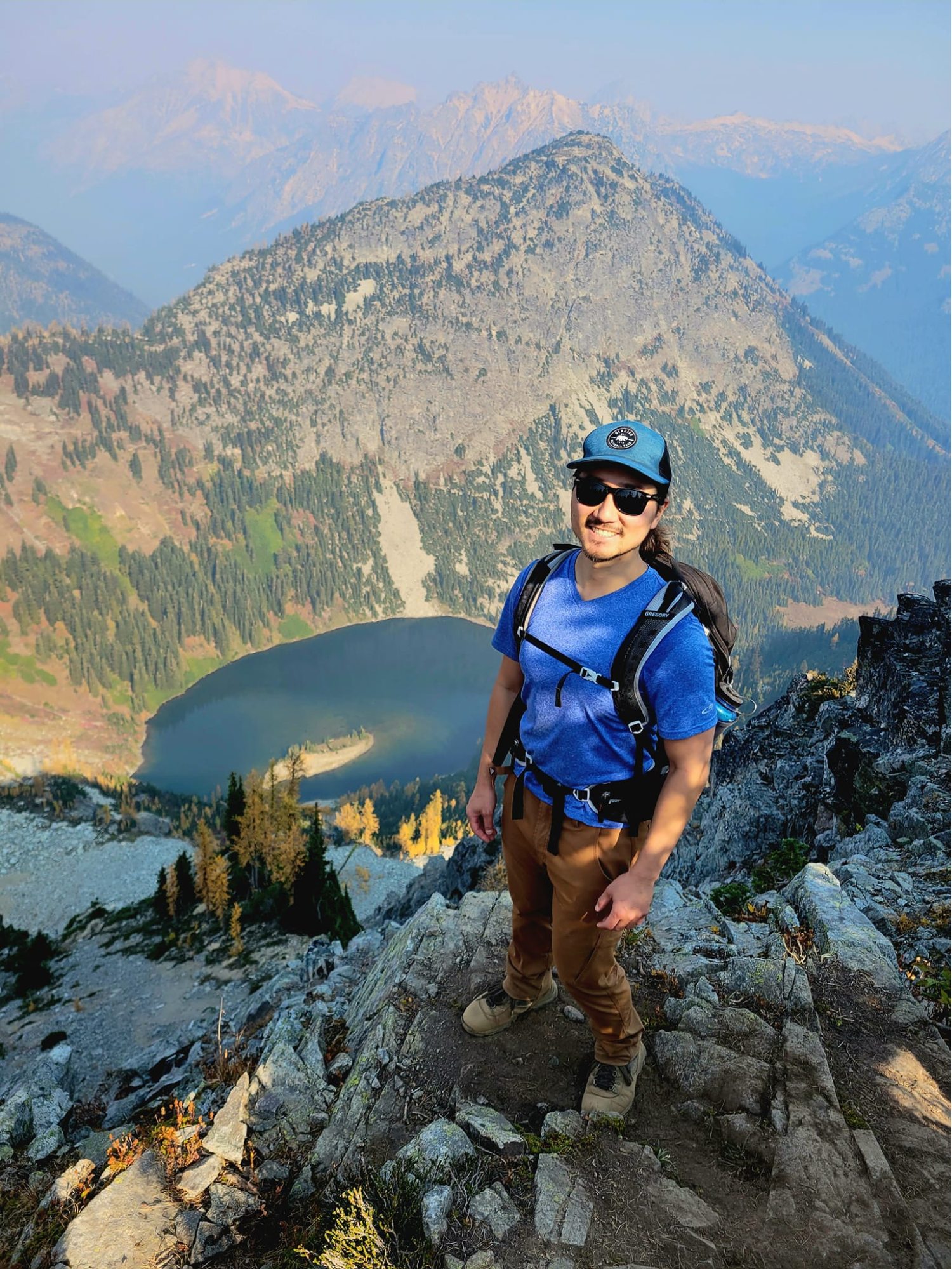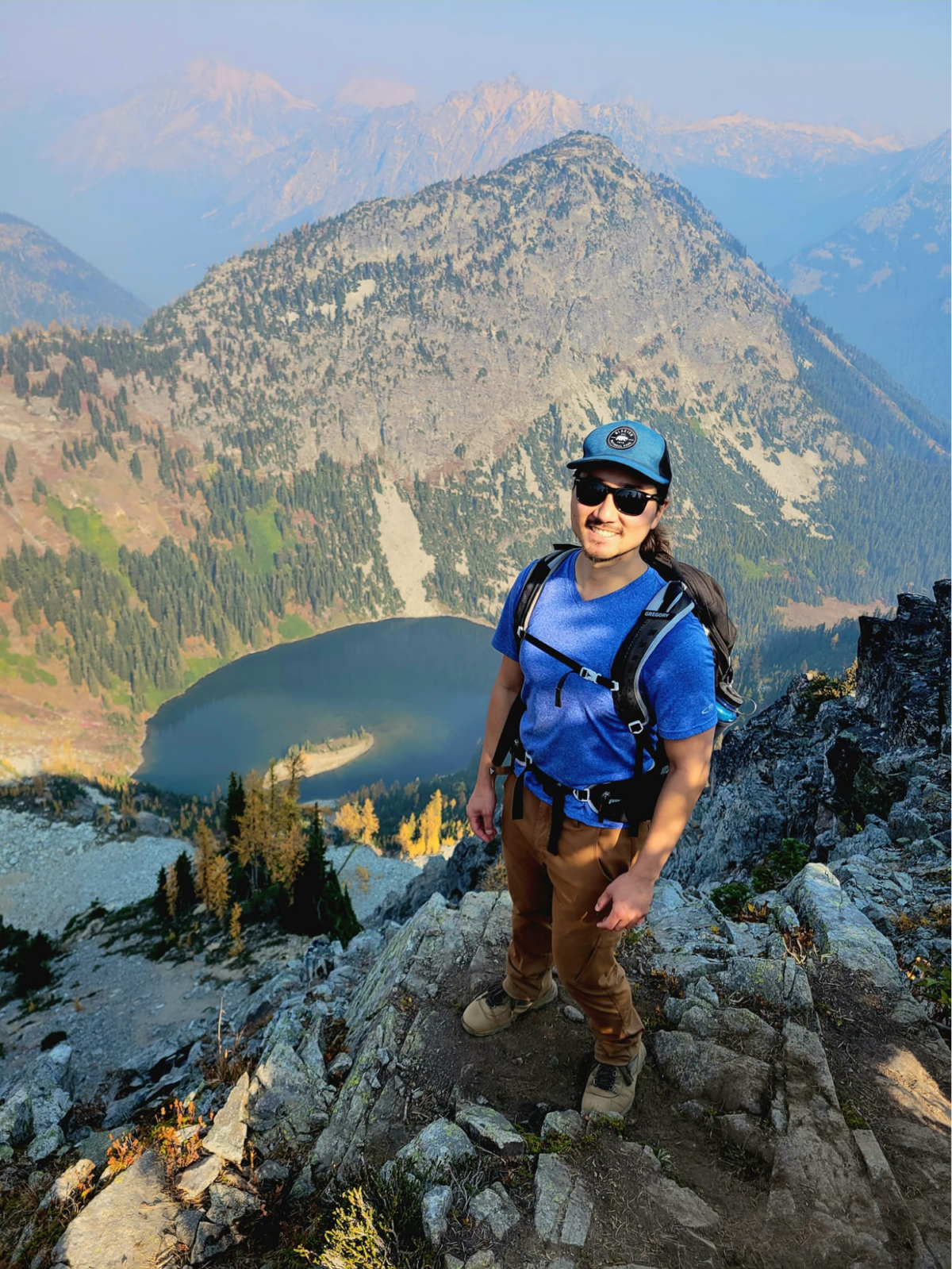One of the great things about backpacking is that going out into the backcountry costs essentially nothing – I often remark that as far as activities cost, backpacking is free! On the other hand, backpacking gear can cost a person quite a bit of money.
I recall years ago that a friend expressed an interest in backpacking, and asked how much he might want to budget for gear. “Buy once, cry once,” was in the back of my mind when I told him he might spend anywhere from $300 to $1000, depending on the quality of the gear he purchased and how frequently he wanted to repair or replace items. I think for the ultralight folks, the initial and ongoing costs may be even higher than the average adventurer, since UL gear tends to require a premium and isn’t always as durable.
I consider myself to be a student of finance, and I’ve often wondered about the theoretical opportunity cost to a person’s net worth that backpacking gear presents.
Disclaimer: this article is not meant to present financial advice (because I am not a financial expert) – but I hope that it will spark some conversations and present an interesting perspective that may not always be considered. I am sure others will find ways to examine this topic differently and many different perspectives will emerge!
Here’s an easy example in my mind: let’s say a person spends $3000 on gear during year 1, and another $500 each year on replacing and repairing gear, as well as consumable gear (food, fuel, gas, permits and passes, etc). At the 10 year mark, you’d have spent a total of $8000.
But if that money had instead been invested in an index fund tracking the S&P 500 (which many consider to average 10% growth each year), the end result would be a balance of approximately $16,500, meaning the opportunity cost for a person’s net worth would be sacrificing around $8500 of interest. That might not seem like much, right? Surely it’s worth it.

But let’s take an extreme example of a young person who starts early and continues this trend for 30 years. They would have invested a total of $18,000 over 30 years. This would have generated over $115,000 of interest if it had been invested, which I think would merit consideration from just about anyone.

So what’s the point? Does this mean we shouldn’t be buying gear? Give up backpacking so we can maximize our precious 401(k) accounts? I think, perhaps, it’s the opposite! Our years on earth are short, and money cannot be taken with us into eternity. There’s a balance to be made.
I remember years ago a flight across the continent and a conversation with a young couple next to me, who had just quit their jobs and planned to backpack across the world until the money ran out. “We’ve been saving for the past few years, and we really just want to explore while we’re still young,” the husband told me. “But,” I asked, “what does this do to your retirement plans?” He responded, “Well, to be honest, we’re probably pushing our retirement plans out by at least 5-10 years by quitting our jobs to go backpacking. But we want to live life to the fullest, and to us it’s a worthy sacrifice.”

I thought about that conversation the next Monday while I sat at my desk at work.
I still think about it to this day.
Perhaps a better question might be, What is the value of happiness? And in my mind, the answer is simply that there is no “dollar amount” that can be put on the value of happiness. Being outdoors makes me happy, and so I’ve learned to care less about the napkin math of what a few extra dollars in my retirement account might look like, and more about the joy that I find in experiencing nature with my wife and my friends.

One final comment – I love the generosity of the backpacking community, and the ability to share gear with friends. Another way to pursue frugality in backpacking is to check for used gear, which can sometimes be easy to find (example: BPL’s Gear Swap page).
Related Content:
- Author: Read more from Daniel Hu
- Forums: The Cost of an Ounce
- Culture: Backpacking is Pointless and that’s the Point




Home › Forums › How much does backpacking really cost?